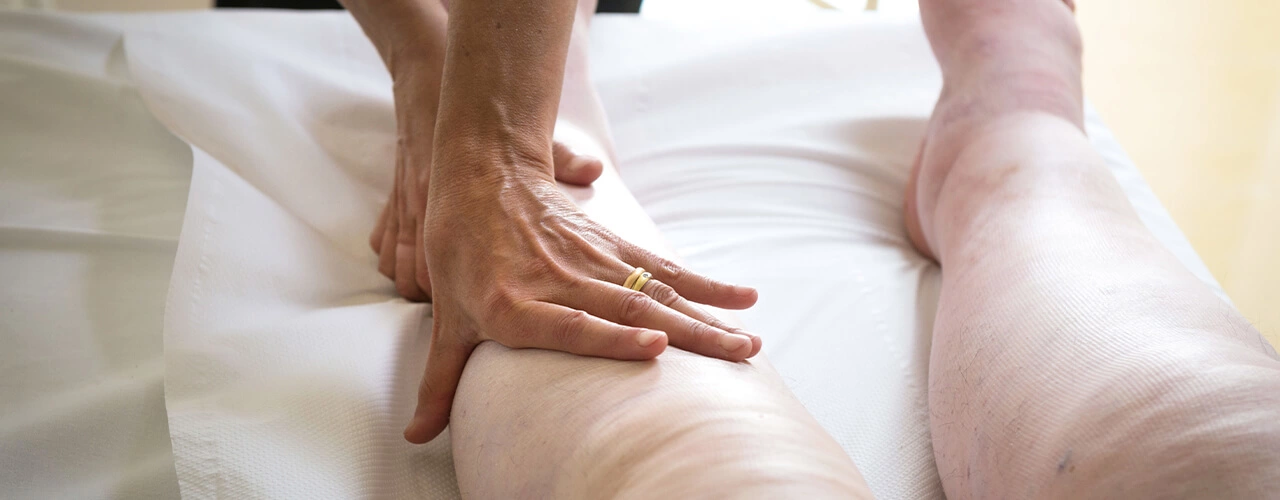Swollen legs: quick help and when to worry
Swollen legs are common. Sometimes they come from standing too long or a salty meal. Other times they point to something more serious, like heart, kidney, or vein problems. Here’s how to tell the difference and what to do now.
Common causes and what they feel like
Simple causes include long flights, sitting at a desk, pregnancy, or an injury. Medications like calcium channel blockers, steroids, and some antidepressants can cause swelling. More serious causes are deep vein thrombosis (DVT), heart failure, kidney or liver disease, lymphedema, and cellulitis. If the swelling is soft and goes down after you rest with your feet up, it's usually less urgent. If it's sudden, painful, hot, or only on one leg, act fast.
Look for extra clues: shortness of breath or chest pain with swelling can be life‑threatening. Fever, red streaks, or severe tenderness may signal infection. Bulky, hard swelling that doesn’t press in could be lymphedema from lymph problems.
Practical steps you can try at home
Raise your legs above heart level for 15–20 minutes, three times a day. Wear properly fitted compression stockings—60–80% of people notice improvement. Move every 30–60 minutes when you sit for long periods: ankle pumps, short walks, or calf stretches help blood flow. Cut back on salty foods and stay hydrated; odd as it sounds, dehydration can make swelling worse.
If the swelling follows an injury, apply ice for 15–20 minutes every few hours for the first 48 hours. For chronic issues, aim for regular low‑impact exercise like walking, swimming, or cycling. Watch your weight; losing even a few pounds often reduces pressure in the legs.
Avoid tight socks, high heels, and sitting with legs crossed. If you travel, use compression socks and stand up every hour on long trips. If you take medicines known to cause swelling, talk to your prescriber—there may be alternatives.
Don’t massage aggressively if you suspect DVT. Gentle elevation and medical attention are safer until a clot is ruled out.
If home measures help, keep doing them. If swelling persists beyond two weeks, gets worse, or comes with worrying symptoms, see a doctor. Tests may include a leg ultrasound for DVT, blood tests for kidney or liver function, and heart checks like an ECG or echocardiogram.
Treatments a doctor might offer include diuretics for fluid overload, vein procedures for varicose veins, antibiotics for infection, or compression therapy and manual drainage for lymphedema. Follow instructions closely and keep follow-up appointments.
Swollen legs are usually fixable, but some signs demand fast action. Use elevation, movement, and compression as first steps, and get medical help if the swelling is sudden, painful, or paired with breathing problems. Small changes often make a big difference.
Swollen Legs: Causes, Complications, and Solutions
Swollen legs can be quite uncomfortable and concerning. There are various causes for this condition, such as a sedentary lifestyle, pregnancy, or medical issues like kidney or heart problems. If left untreated, complications like infections or blood clots may arise. To alleviate and prevent swollen legs, it's important to stay active, elevate the legs, and maintain a healthy diet. In some cases, medical attention might be necessary to address the underlying problem.

